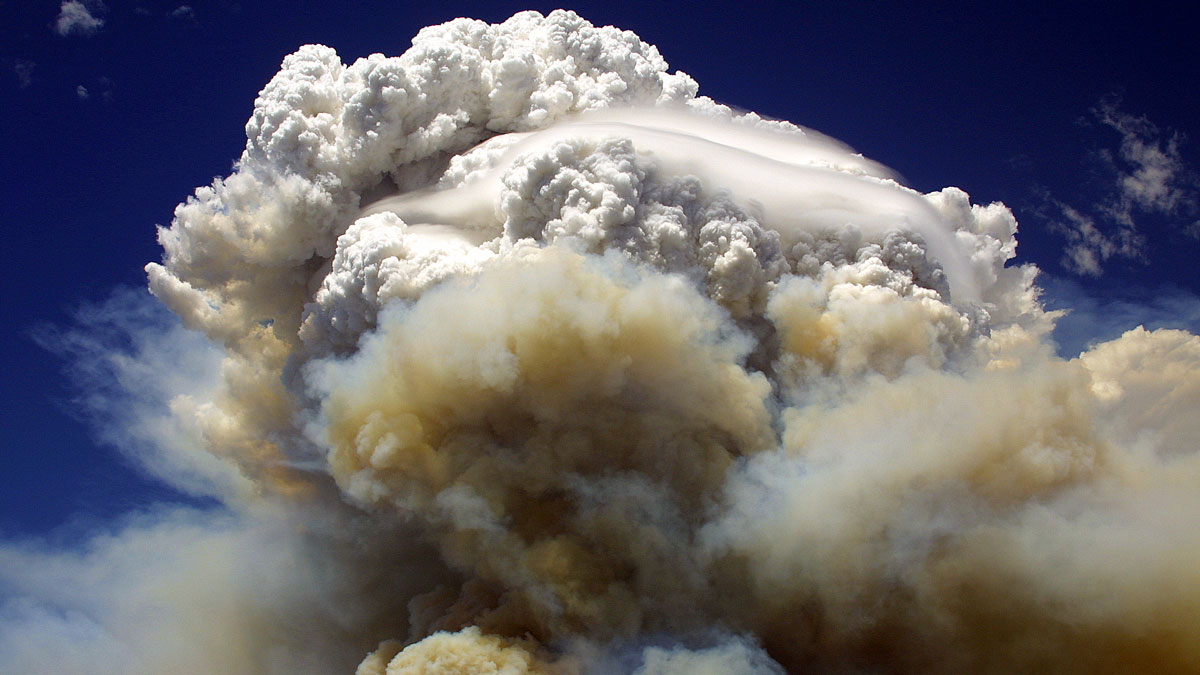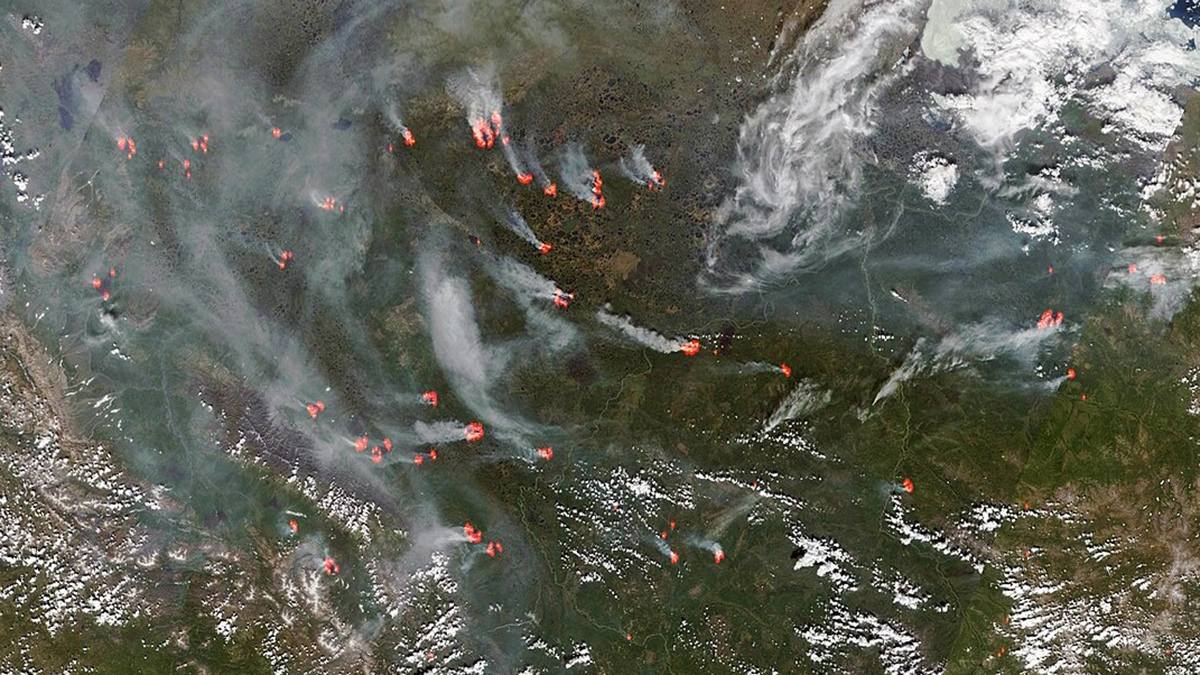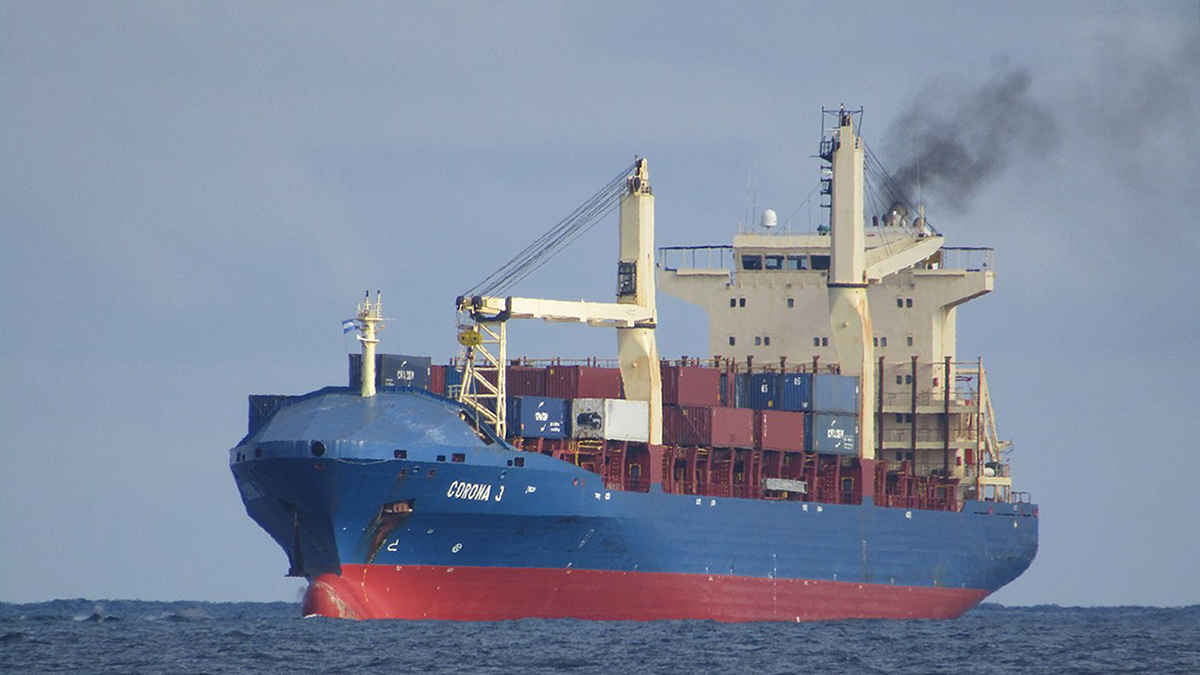The findings could help climate models be more accurate about warming projections.
aerosols & particles
Arctic Warming Is Driving Siberian Wildfires
Increased temperatures and drought are leading to more wildfires. And wildfire smoke aerosols can suppress precipitation, drying out soils and further increasing fire risk.
Lower Shipping Emissions May Lead to Higher Global Temperatures
Regulations designed to reduce sulfur dioxide emissions from the maritime shipping industry are linked to a change in cloud structure that raises atmospheric temperatures.
Improving Climate Models: Black Carbon Mixing and Shape Effects
A new study introduces a parameterization scheme to capture the complex optical properties of atmospheric black carbon, accounting for its mixing state, nonsphericity, and heterogeneous coatings.
Ocean Spray Is Relatively Lifeless
Organic contributions from ocean organisms are sparse in sea spray, helping to clarify predictions of its impact on the climate.
Atmospheric Effects of Hunga Tonga Eruption Lingered for Years
A new study builds on previous research of the underwater volcano’s effects on the climate.
Climate Model Simulates Unusually High Heat over the Southern Ocean
U.K. researchers compare HadGEM3-GC3.1 simulations of near-surface air temperatures with those from other state-of-the-art models.
A Folding Troposphere May Help Drive Cloud Formation
Scientists have observed atmospheric particles forming where the stratosphere folds into the troposphere, a finding that may deepen understanding of precipitation and climate.
Cloud Brightening Could Have Unintended Effects in a Warming World
New research shows that though marine cloud brightening holds potential to temporarily reduce heat stress regionally, the technique has unpredictable and far-reaching outcomes.
Buffering by Ammonia Sustains Sulfate Aerosol Production
A new method for evaluating the role of multiphase buffering and acidification reactions on aerosol pH finds that the buffering effect sustains sulfate production from high pH-favored multiphase reactions.










